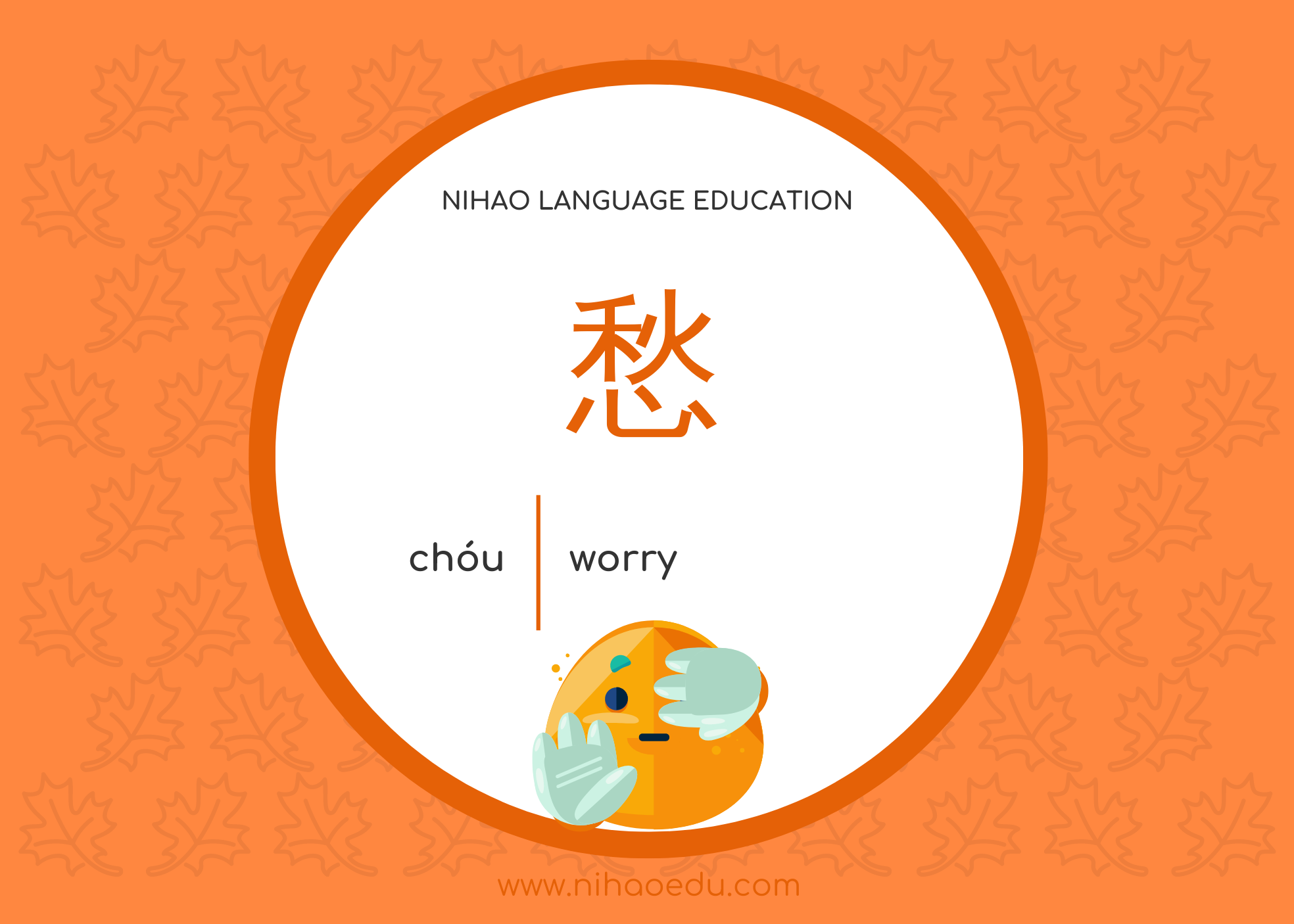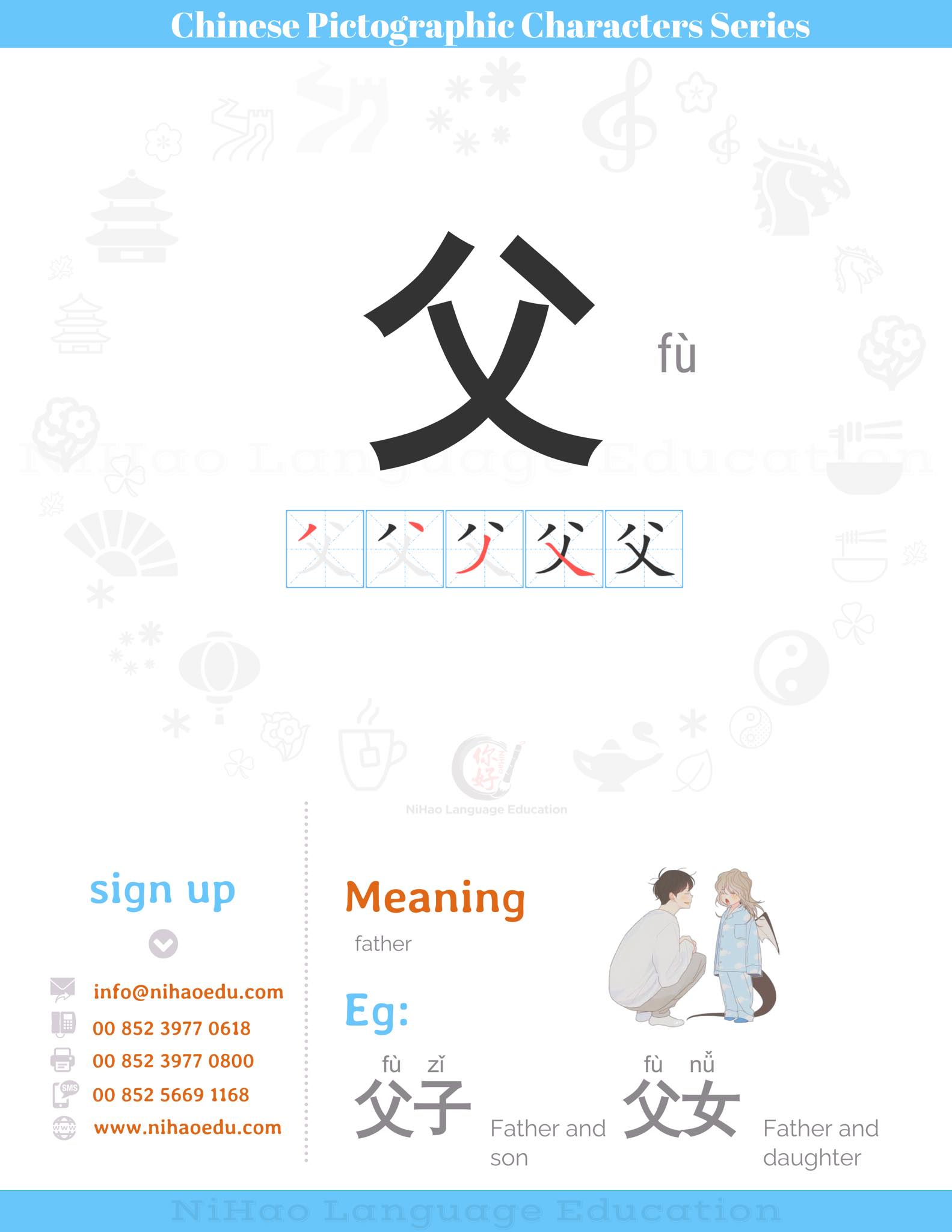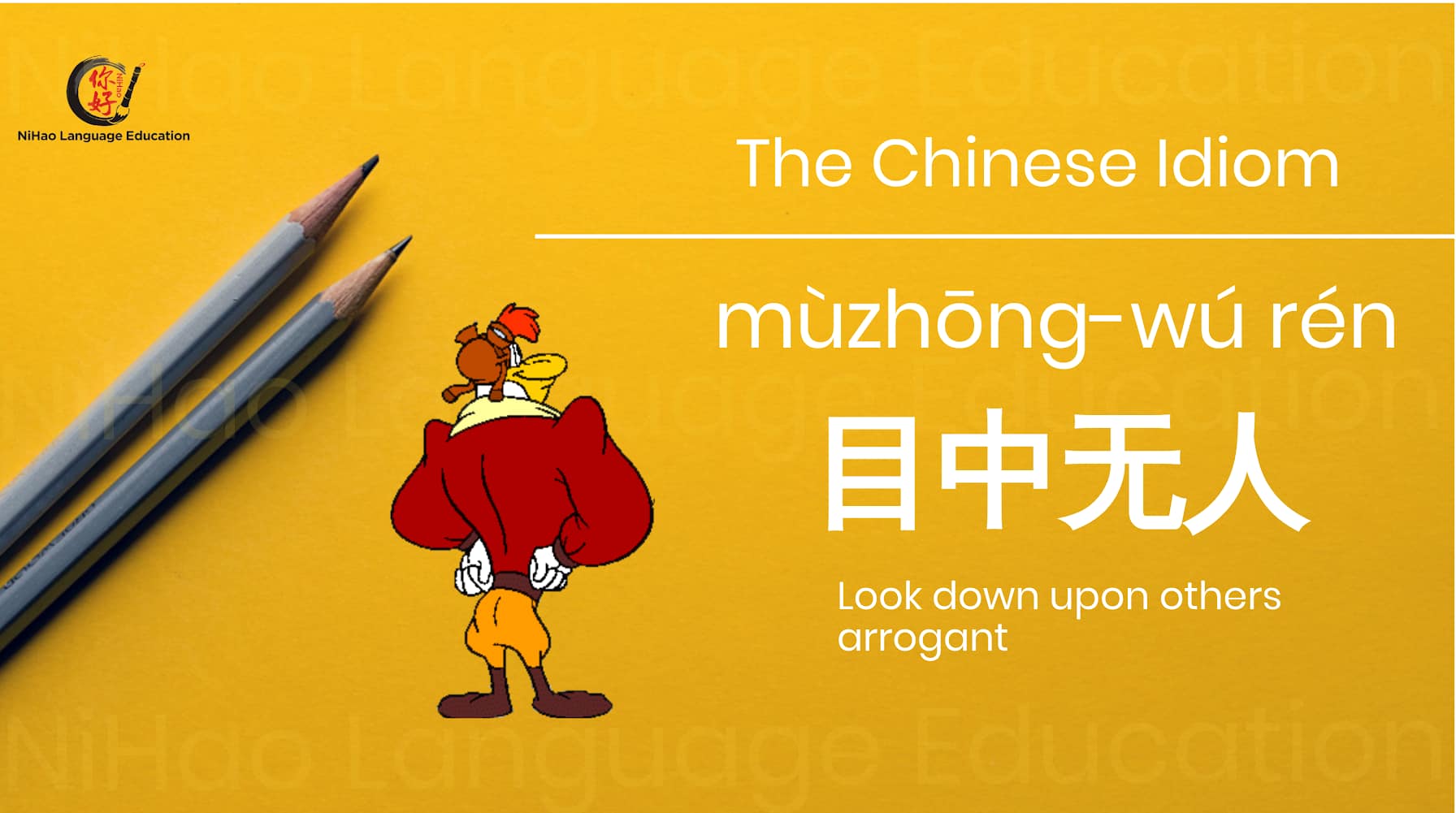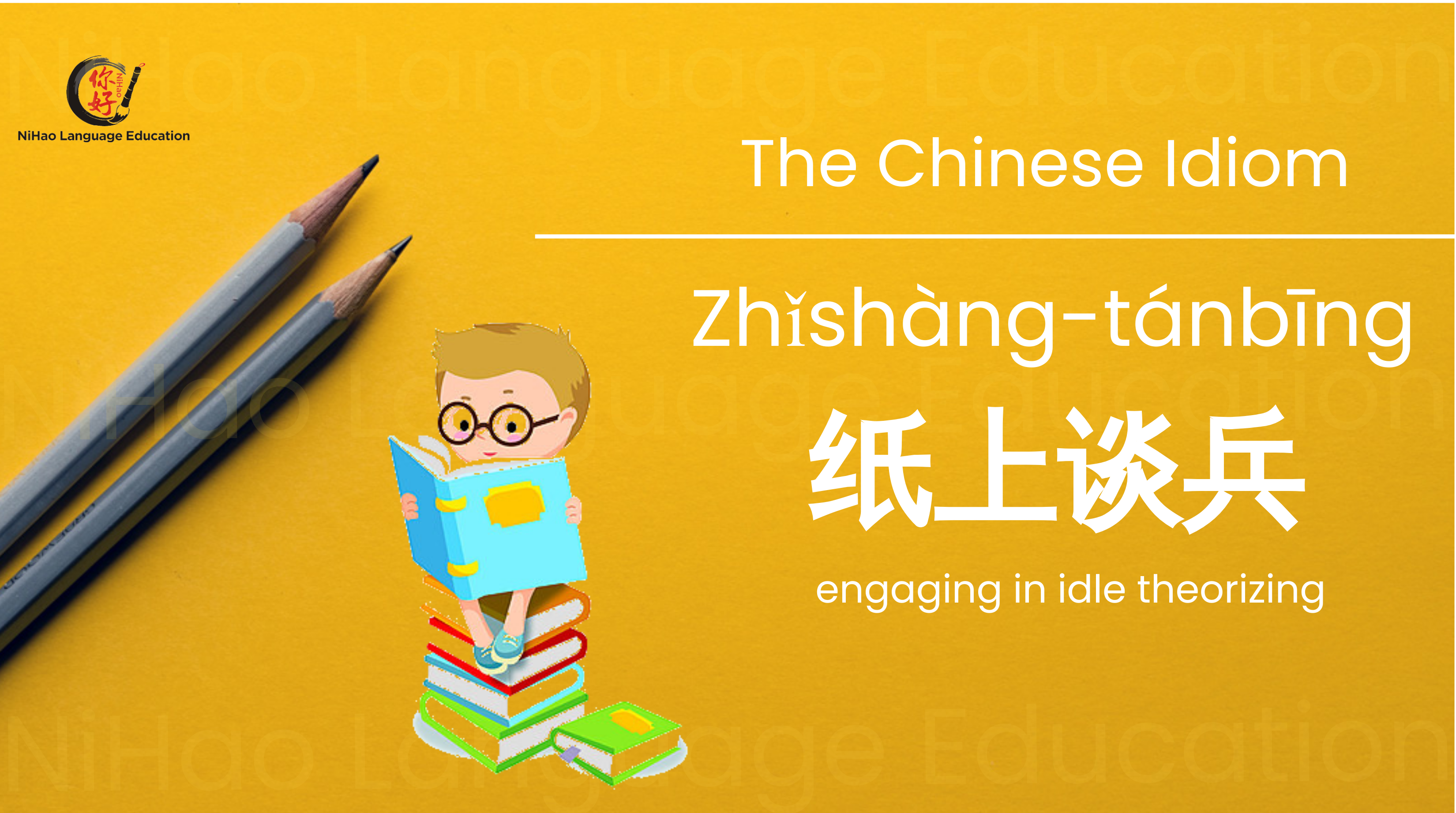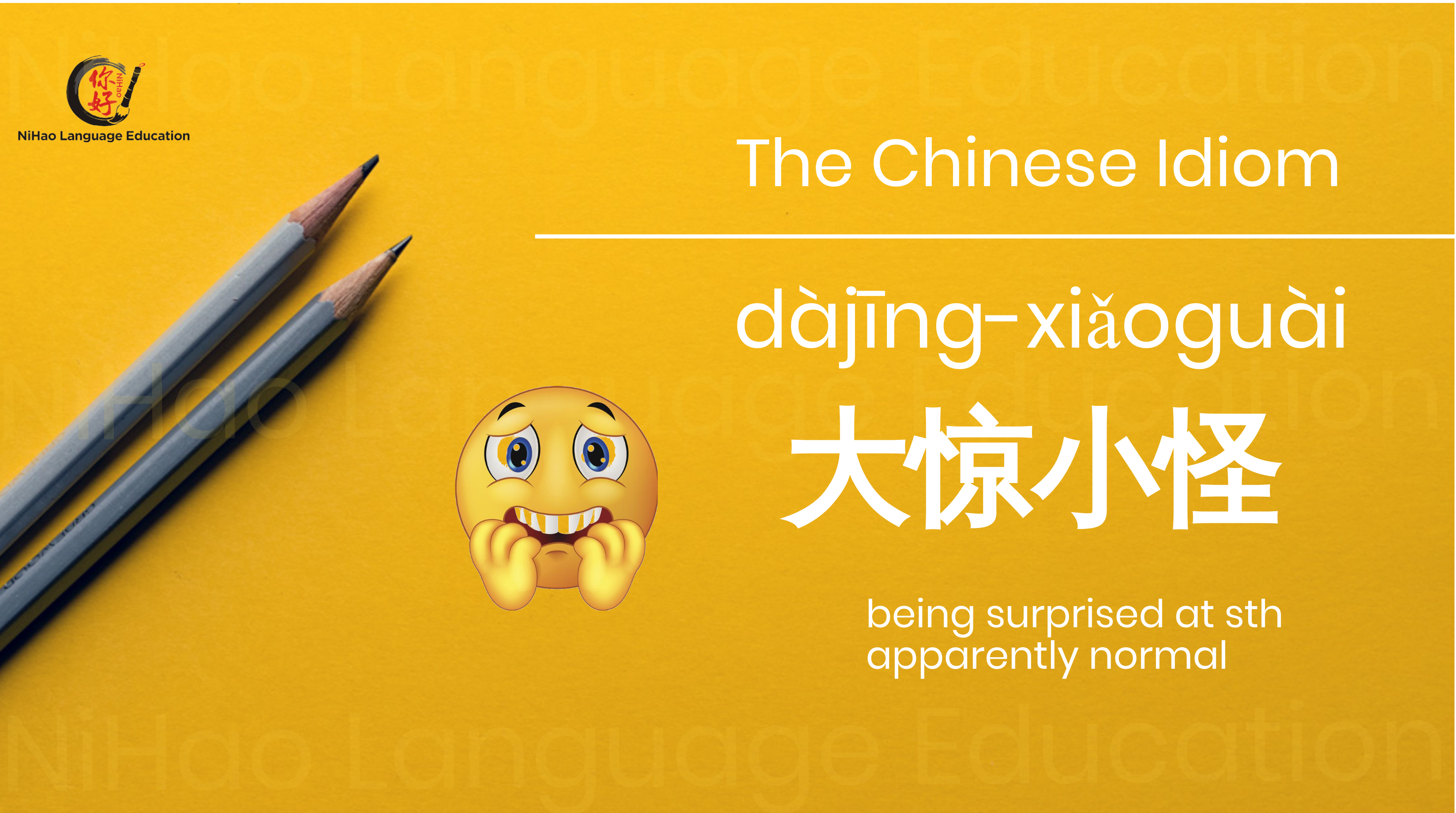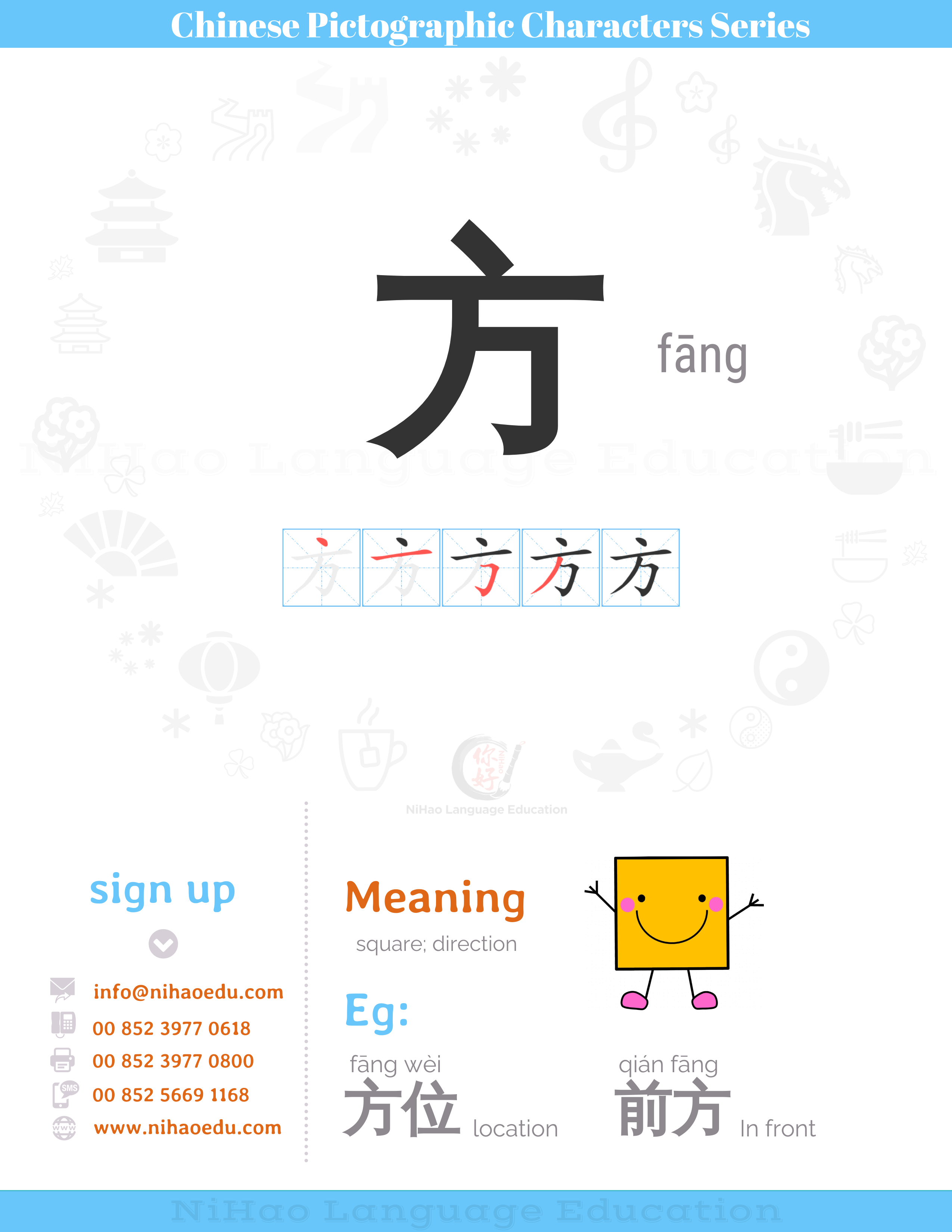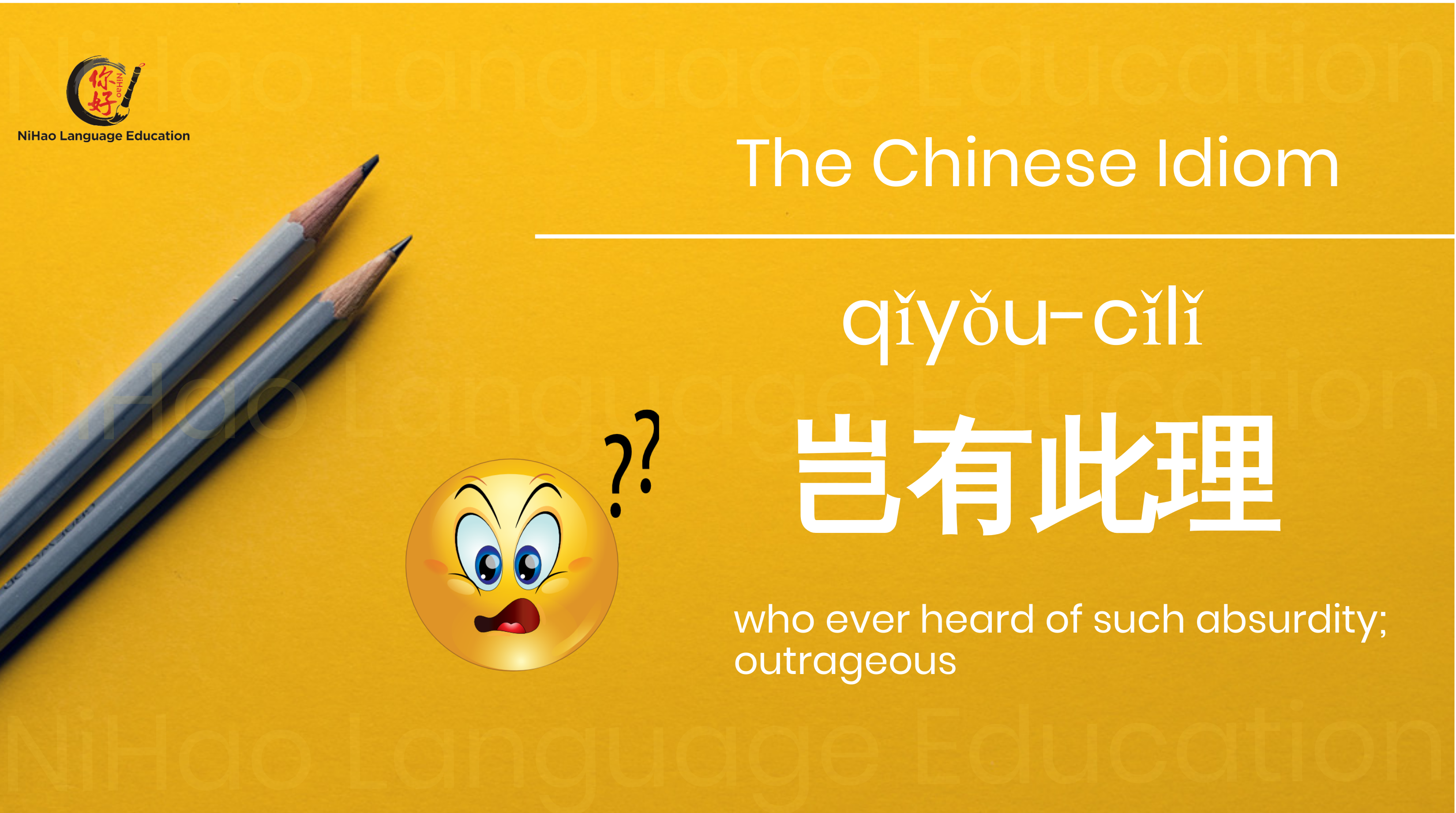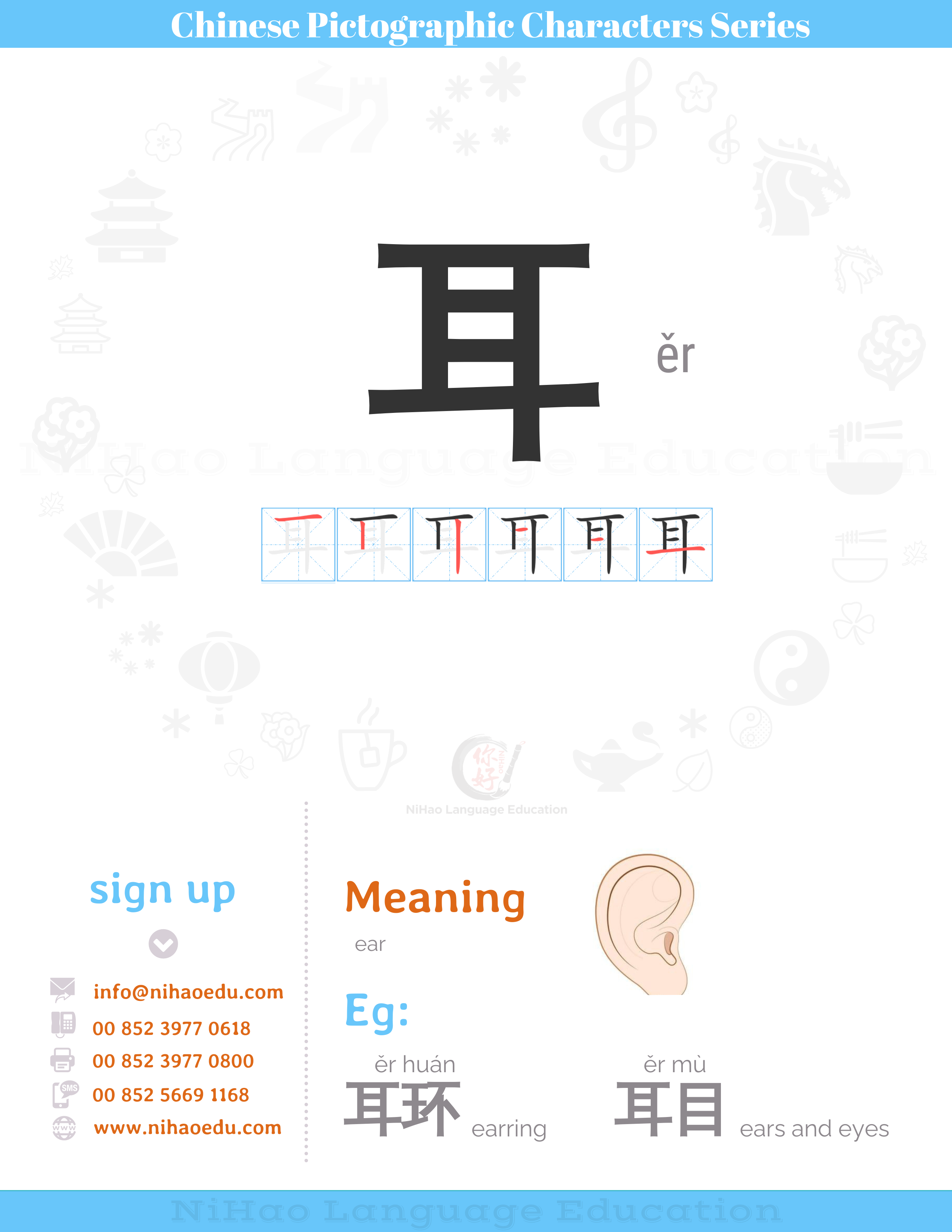The earliest form of the word 父fù looks like a hand holding a stone ax, which was then a weapon used to kill animals, as well as an essential tool in daily life. As using an ax required strength, such …
目mù中zhōng无wú人rén 中国成语 目中无人 圆体字看看效果是什么样 “目中无人”形容高傲自大、看不起人。‘Mùzhōng-wúrén’ means ‘look down upon everyone else’.目: eyes中: in无: not have人: person Examples例句: 1. 他总是目中无人,所以他和谁的关系都不好。 2. A: 他说在中国他篮球打得最好了。 B:他也太目中无人了吧。他又不是姚明。
The pictogram of the word 非 depicts a bird’s wings spreading in opposite direction, indicating that the two are opposite or against each other. By extension, the word means ‘incorrect’ or something that is wrong, for example, 是非 (shì fēi, …
纸 zhǐ: paper 上 shàng: on 谈 tán: to talk about 兵 bīng: soldier; military matters 纸上谈兵 Zhǐshàng-tánbīng: means to talk about military matters on paper. It is a metaphor for engaging in idle theorizing. It is similar to English expression ‘be an armchair strategist’. “纸上谈兵”比喻空谈理论,不能解决实际问题;也比喻空谈不能成为现实。 Examples例句: 1. …
大(Dà)惊(jīng)小(xiǎo)怪(guài) “大惊小怪”形容对于不足为奇的事情过分惊讶。 ‘Dàjīng-xiǎoguài’is used to describe being surprised at something apparently normal. 大(dà): big 惊(jīng): surprised; amazed 小(xiǎo): small 怪(guài): strange Examples例句: A: 啊?这套房子要二十万块一平方米啊! B: 没什么大惊小怪的,房子的地段好。 2. A: 你知道吗?在他们家里,每天都是她先生做饭。 B: 你太大惊小怪了。现在男人做家务的可不少啊。
The word 方 now means ‘square’, but and the pictogram looks like the shape of an ear. The word 方used to refer to certain tribes who had a less-developed culture than the Han Chinese. , for example, 方言 (fāng yán, …
The aim of this language exchange event is to provide our students with a platform to improve their Mandarin in a fun and efficient way! Our teachers are professional, passionate, and patient. There are around 5 professional teachers at the event to …
岂(qǐ)有(yǒu)此(cǐ)理(lǐ) “岂有此理”指哪有这样的道理,表示对不合理的事极为气愤。 ‘Qǐyǒu-cǐlǐ’indicates ‘anger at something unreasonable’. It means ‘whoever heard of such absurdity’ or ‘outrageous’. 岂(qǐ): used to introduce a rhetorical question 有(yǒu): have 此(cǐ): this 理(lǐ): reason Examples例句: A: 今天早上遇到一个出租车司机,一边开车一边打电话,下车的时候还不给我发票。 B: 真是岂有此理!你应该去投诉他。 2. 自己做错了事,还要怪别人,真是岂有此理!
The word 耳 means ‘ear’ and the pictogram looks like the shape of an ear. The word 耳 is often used in phrases relating to the ear, for example, 耳朵 (ěr duo, ’ear’), 耳光 (ěr guāng, ‘slap in the face’), …
